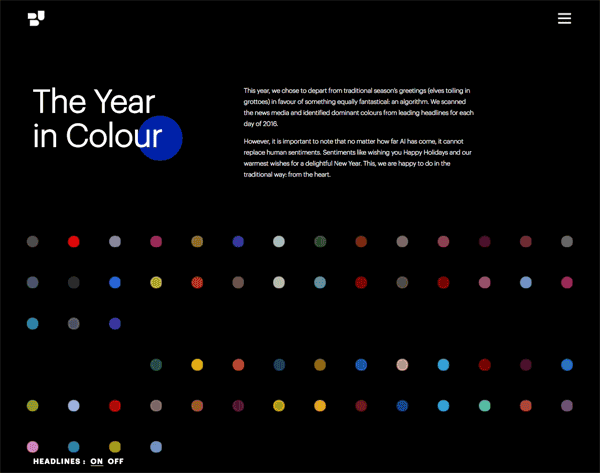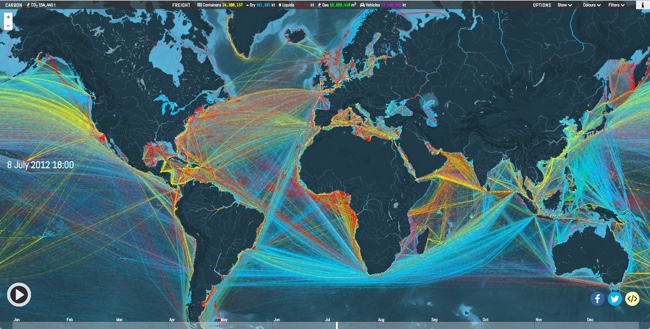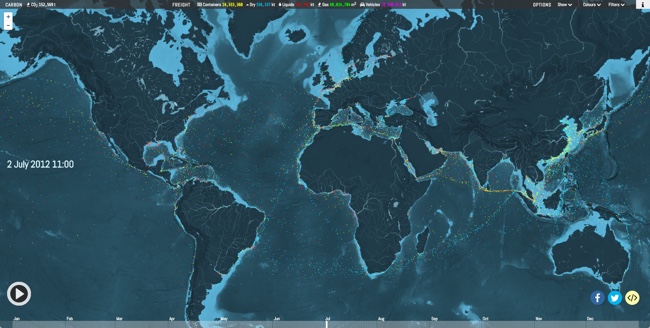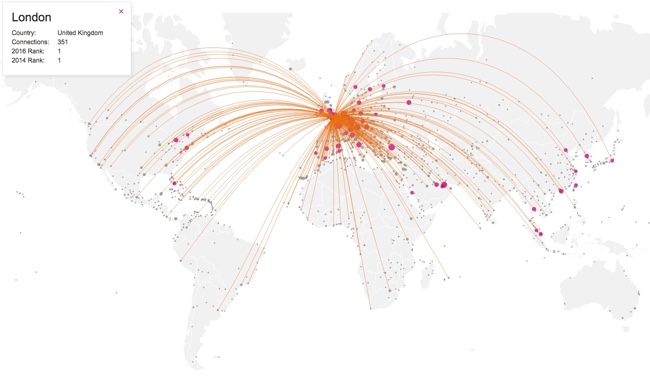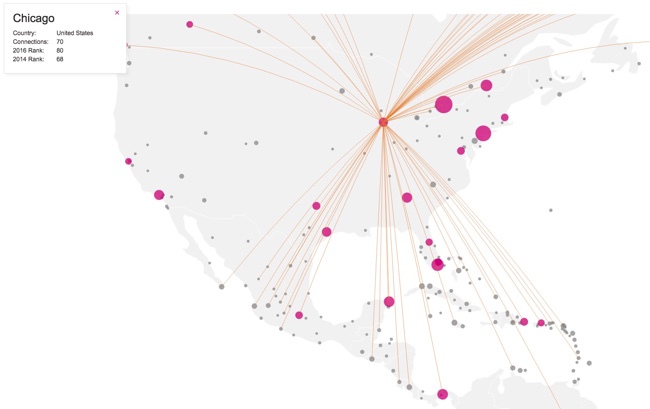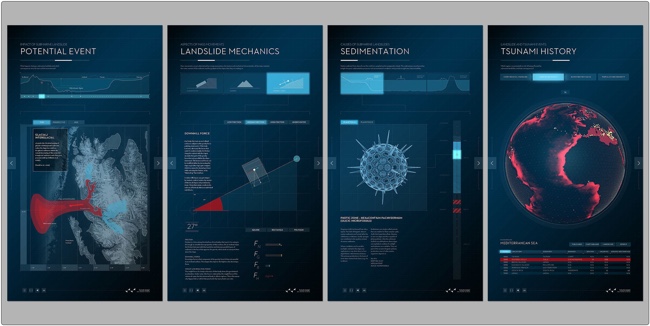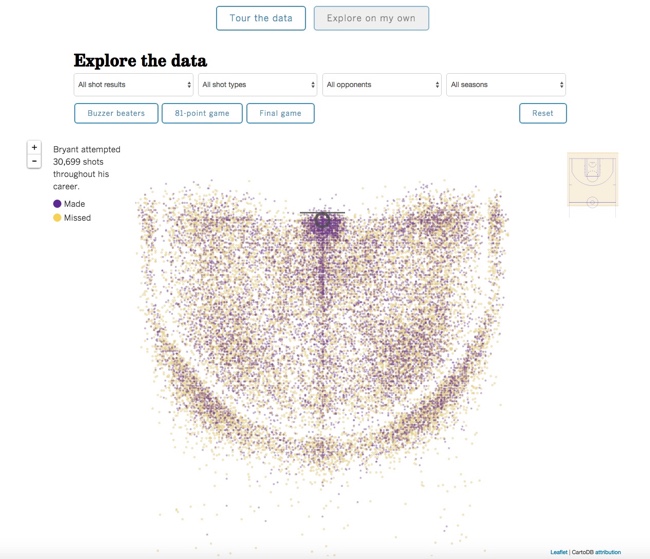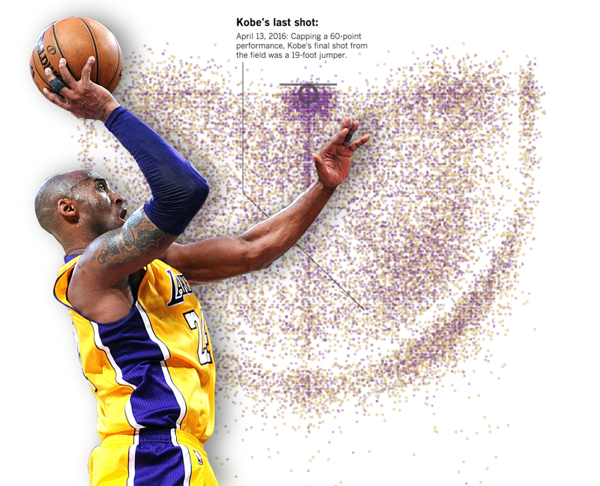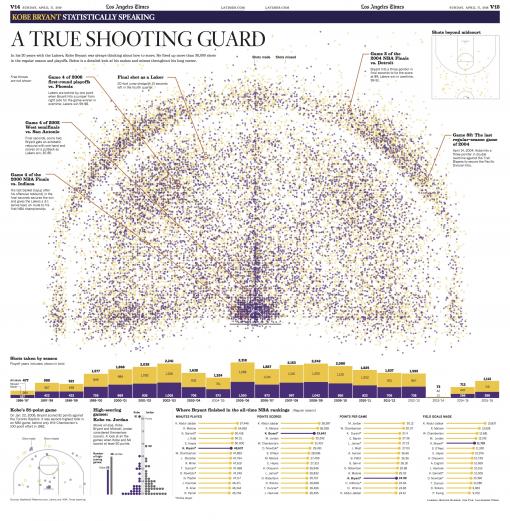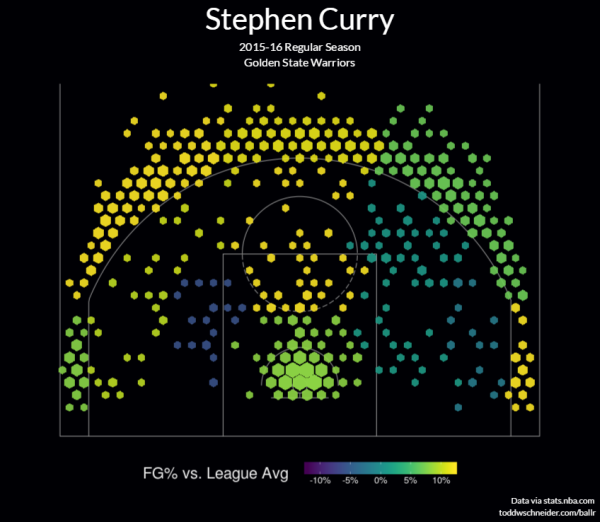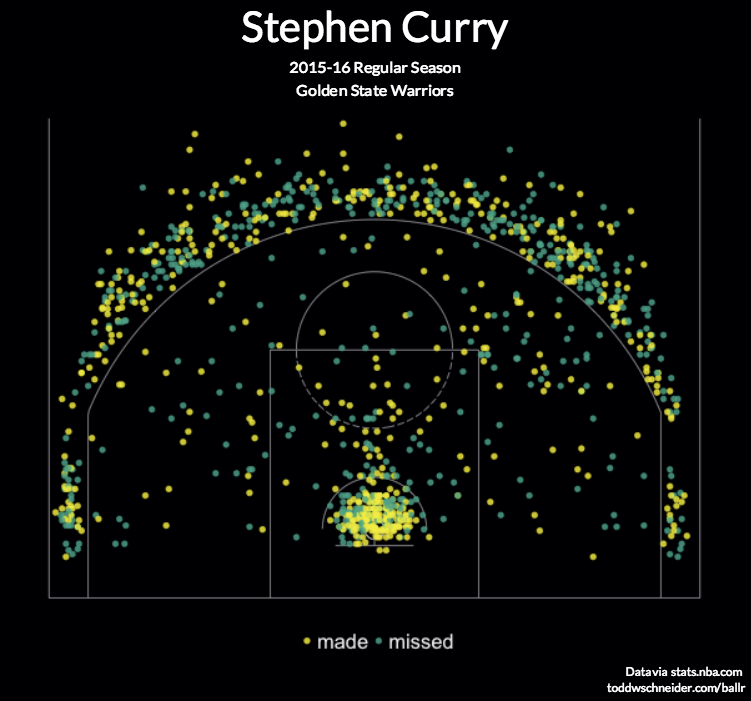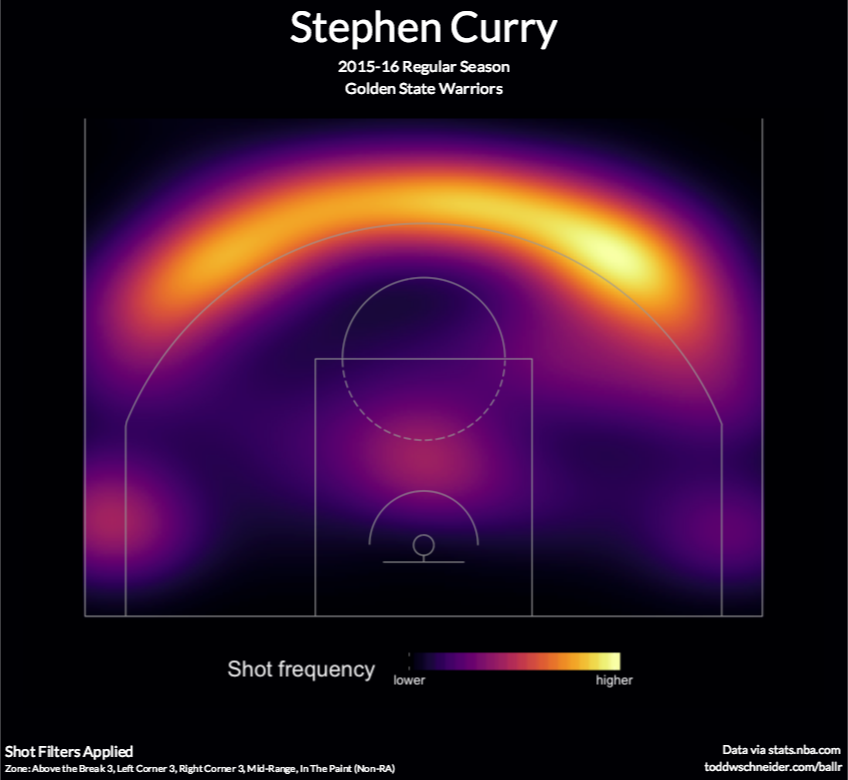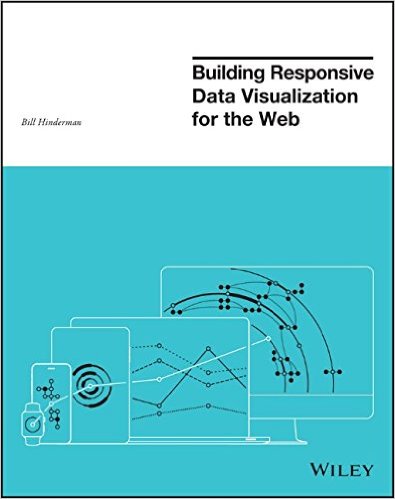
Building Responsive Data Visualization for the Web by Bill Hinderman is a new book that just came out in November. I had the pleasure of helping Bill as the Technical Editor on the book last year, and I can say it's a fantastic guide to structuring your data and building your code for interactive data visualizations that work perfectly on every screen size.
January Giveaway! This month I am giving away one signed copy to a randomly chosen winner. Register on the GIVEAWAYS page by 11:59pm CT on January 31, 2016 to be entered. A winner will be randomly selected on February 1st.
Data is growing exponentially, and the need to visualize it in any context has become crucial. Traditional visualizations allow important data to become lost when viewed on a small screen, and the web traffic speaks for itself – viewers repeatedly demonstrate their preference for responsive design. If you're ready to create more accessible, take-anywhere visualizations, Building Responsive Data Visualization for the Web is your tailor-made solution.
Building Responsive Data Visualization for the Web is a handbook for any front-end development team needing a framework for integrating responsive web design into the current workflow. Written by a leading industry expert and design lead at Starbase Go, this book provides a wealth of information and practical guidance from the perspective of a real-world designer. You'll walk through the process of building data visualizations responsively as you learn best practices that build upon responsive web design principles, and get the hands-on practice you need with exercises, examples, and source code provided in every chapter. These strategies are designed to be implemented by teams large and small, with varying skill sets, so you can apply these concepts and skills to your project right away.
Responsive web design is the practice of building a website to suit base browser capability, then adding features that enhance the experience based on the user's device's capabilities. Applying these ideas to data produces visualizations that always look as if they were designed specifically for the device through which they are viewed. This book shows you how to incorporate these principles into your current practices, with highly practical hands-on training.
- Examine the hard data surrounding responsive design
- Master best practices with hands-on exercises
- Learn data-based document manipulation using D3.js
- Adapt your current strategies to responsive workflows
I asked Bill to answer a few questions about his book:
Who is the book intended for?
The book is for a development and design team that is looking to shift toward responsive, mobile-first practices. While it's certainly geared most toward data visualization projects, the book spends a hefty amount of time building responsive design tenets before then getting specifically into visualization.
What’s the most important thing to make a great data visualization?
In my mind, the most important thing in making a great data visualization is the output being actionable. The goal of a visualization is always to make something more clear, right? All of the data is already...there, in its raw form. So the initial goal, the more achievable goal, is clarity. But making something clear, and then also making it actionable - that is - pushing the reader/viewer/user toward actually doing something with the data, is where greatness shows up.
Do you see everyone moving towards responsive data visualization, or are a lot of companies holding back?
No, I actually don't. I see a huge amount of people holding back, really with the same reasoning that plagued responsive design in its early stages. That being: "People don't want to do that on mobile." Which is, quite frankly, ridiculous. Every study Pew has put out (I reference plenty of them in the book) shows that as soon as someone is given the opportunity to do something on mobile, they do it. Moreover, there's an increasing amount of mobile-only users, rather than simply mobile-first. Very soon, desktop users are going to be seen as an antiquated, legacy type of use case, rather than the default.
What's the difference between Responsive Data Visualization and Responsible Data Visualization?
Responsive data visualization is the practice of building data visualizations in such a way that they adapt, respond to, and feel natural regardless of whatever device type a user is accessing them with, and whatever the data set looks like. In this way, it is the responsible way to visualize data. So...there isn't one, I suppose.
What do you mean in the book by “Think Small”?
So a concept that's very closely tied to responsive design is thinking mobile-first. That is: designing first for your most limited use case: a small screen, a bad network, sloppy, finger-based gestures. In data visualization, we actually have an even more limited use case: no screen at all. That's where building a good API comes into play. Thinking of the smallest, most limited use case, say, an external call to your API from a different website, and building toward that first. That way, as you gain real estate, features, bandwidth, you are simply enhancing something that already has a great foundation.
What are your thoughts on D3.js and its future?
It's the best, and I love it and if I could, I would shower it with chocolates. D3.js is, if you're able to devote a development resource to learning it, the absolute best way to create a visualization on the web, because it uses all the languages of the web. Because it isn't some applet, or some plugin, or some...image, I suppose, it just works intuitively like you are building normally for the web. Because of this, I think the future is bright. Even if it were never to be updated again (which isn't the case), it would still implicitly grow in functionality as web languages evolve and grow around it.
What’s available for readers on the book website: http://responsivedatavisualization.com/?
The website has snippets from every chapter of the book, along with exercises and code samples that go along with the practice sections in the chapters. All of the code links to GitHub, and can be forked, built locally, and compared with solutions.
Are you speaking at any upcoming presentations or webinars?
I am! I'll be speaking at Strata + Hadoop World San Jose in March (http://conferences.oreilly.com/strata/hadoop-big-data-ca).
Where’s the best place to follow you online?
The best places to follow me online are my own website (billhinderman.com), LinkedIn (linkedin.com/in/williamHinderman), or Twitter (twitter.com/billHinderman).






 Marketing,
Marketing,  animated,
animated,  drinks,
drinks,  food,
food,  interactive
interactive 











